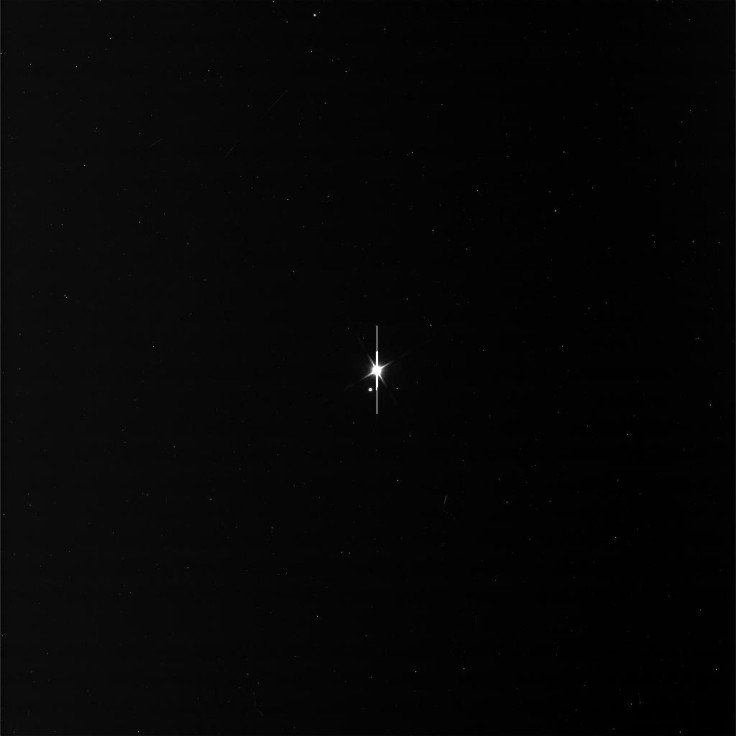NASA Releases Natural-Color Portrait Of Saturn Complete With Cameos From Earth, Venus And Mars
NASA has released the official portrait of Saturn taken by the Cassini spacecraft. The portrait was taken on July 19, and there was a big social media push as part of the agency’s “Wave at Saturn” campaign.

Cassini, launched in 1997, was in the perfect position to capture a backlit photo of Saturn. The unique opportunity’s value was dramatically increased as NASA realized Earth would be getting its portrait taken at the same time. The backlit photo op was a boon to researchers as allowed for the imaging of Saturn’s rings in great detail. While other images have been released from Cassini’s photo session, the new panoramic captures Saturn, Earth, Venus and Mars all in one image for the first time ever, reports NASA.
The panoramic covers an area of 404,990 miles, from Saturn all the way out to the planet’s second outermost ring, the E ring, notes NASA. The mosaic was created from 141 wide-angle photos. Carolyn Porco, Cassini’s imaging team lead, said in a statement, “In this one magnificent view, Cassini has delivered to us a universe of marvels.” Cassini was approximately 900 million miles from Earth when it took the photo. The bright light of the sun would normally prevent Cassini from taking a photo of Earth, notes NASA, as it would damage the spacecraft’s sensor, a
July 19 marked the first time that NASA had advance knowledge of a Earth’s portrait being taken from space and the agency capitalized on the opportunity and fans from around the world participated in the “Wave at Saturn” campaign. While a lot of the focus was on Cassini and Saturn it was not the only spacecraft taking a photo of Earth on July 19. NASA’s Messenger spacecraft was also in position to take a photo of Earth from Mercury. During that mission, Messenger was trying to solve Mercury’s moon mystery as it has no orbiting satellite.
Cassini’s position meant North America and parts of the Atlantic Ocean were visible whereas Messenger captured Europe, the Middle East and Central Asia. NASA previously released an Earth mosaic from 1,400 submitted photos from around the world. Cassini was also able to capture a photo of Earth and the moon in July.

In the official portrait, Earth is seen as a blue dot to the lower right of Saturn, Venus is a dot in the upper left and Mars is a red dot above Venus, notes NASA. Seven of Saturn’s moons are also visible in the image. Matt Hedman, a Cassini participating scientist, said in a statement, “This mosaic provides a remarkable amount of high-quality data on Saturn’s diffuse rings, revealing all sorts of intriguing structures we are currently trying to understand.”
The data collected by Cassini will help researchers gain new insight on Saturn, the planet’s rings and their formation, notes NASA. The space agency has also released a Saturn mosaic made from 1,600 photos taken during the "Wave at Saturn" campaign.

© Copyright IBTimes 2024. All rights reserved.












